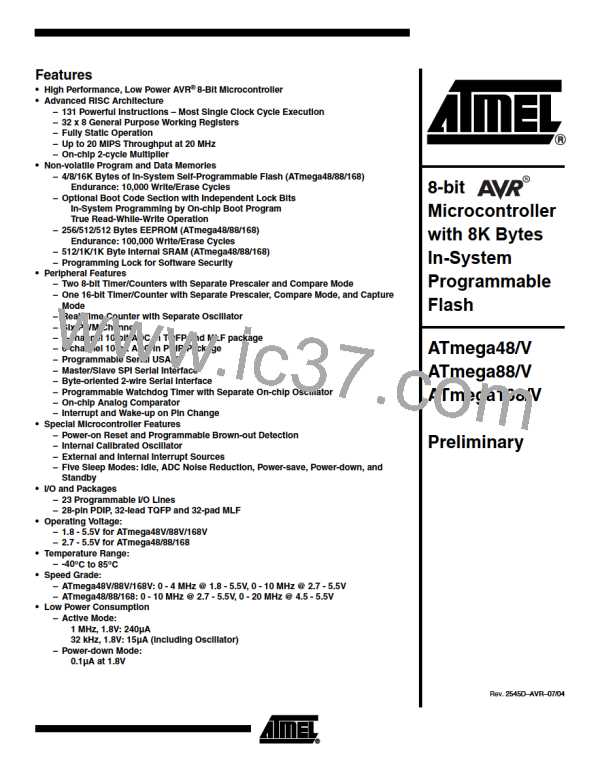Figure 101. Analog to Digital Converter Block Schematic Operation
ADC CONVERSION
COMPLETE IRQ
8-BIT DATA BUS
15
0
ADC MULTIPLEXER
SELECT (ADMUX)
ADC DATA REGISTER
(ADCH/ADCL)
ADC CTRL. & STATUS
REGISTER (ADCSRA)
MUX DECODER
PRESCALER
CONVERSION LOGIC
AVCC
INTERNAL 1.1V
REFERENCE
SAMPLE & HOLD
COMPARATOR
AREF
GND
10-BIT DAC
-
+
BANDGAP
REFERENCE
ADC7
ADC6
ADC5
ADC4
ADC3
ADC2
ADC1
ADC0
ADC MULTIPLEXER
OUTPUT
INPUT
MUX
The ADC converts an analog input voltage to a 10-bit digital value through successive
approximation. The minimum value represents GND and the maximum value represents
the voltage on the AREF pin minus 1 LSB. Optionally, AVCC or an internal 1.1V refer-
ence voltage may be connected to the AREF pin by writing to the REFSn bits in the
ADMUX Register. The internal voltage reference may thus be decoupled by an external
capacitor at the AREF pin to improve noise immunity.
The analog input channel is selected by writing to the MUX bits in ADMUX. Any of the
ADC input pins, as well as GND and a fixed bandgap voltage reference, can be selected
as single ended inputs to the ADC. The ADC is enabled by setting the ADC Enable bit,
ADEN in ADCSRA. Voltage reference and input channel selections will not go into effect
until ADEN is set. The ADC does not consume power when ADEN is cleared, so it is
recommended to switch off the ADC before entering power saving sleep modes.
The ADC generates a 10-bit result which is presented in the ADC Data Registers,
ADCH and ADCL. By default, the result is presented right adjusted, but can optionally
be presented left adjusted by setting the ADLAR bit in ADMUX.
232
ATmega48/88/168
2545D–AVR–07/04

 ATMEL [ ATMEL ]
ATMEL [ ATMEL ]